上一頁下一頁

IMG_E7382

IMG_E7155
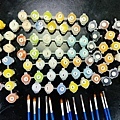
IMG_E7152






IMG_E0676

IMG_E1341


IMG_E8401

IMG_E8400

IMG_E8398

IMG_E8397

IMG_E8379

IMG_E8354

IMG_E8355

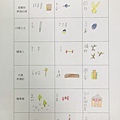
IMG_E8351
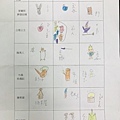
IMG_E8349

IMG_E8345

IMG_E8348
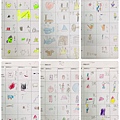

IMG_E6472

IMG_E6473

IMG_E6462

IMG_E6468

IMG_E6471
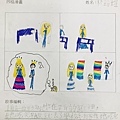
IMG_E6470


IMG_E5110


GXWC4548.MOV

IMG_E4406

IMG_E4407

IMG_E3644

IMG_E3647

IMG_E3609

IMG_E3643

IMG_E3639

IMG_E3632

IMG_E3608

IMG_E3630


IMG_E4122

IMG_E4139

IMG_E4132

IMG_E4126

IMG_E4119

IMG_E4125

IMG_E4121

IMG_E4120

IMG_E4118

IMG_E4116

IMG_E4111

MNDN4982.MOV

IMG_E9416

IMG_E9419

IMG_E9413

IMG_E9414

IMG_E9415

IMG_E9412

IMG_E9383

IMG_E9410

IMG_E9384

IMG_E9407

IMG_E9382

IMG_E9385

IMG_E9381

WULL6805.MOV

IMG_E7698

IMG_E7702

IMG_E7697

IMG_E7672

IMG_E7615

IMG_E7614

IMG_E7609

IMG_E7587

IMG_E5954
上一頁下一頁
相片最新留言
此相簿內的相片目前沒有留言
相簿列表資訊
- 最新上傳:
- 2022/02/24
- 全站分類:
- 藝文生活
- 本日人氣:
- 0
- 累積人氣:
- 34




QCD exhibits two main properties:
Color confinement. This is a consequence of the constant force between two color charges as they are separated: In order to increase the separation between two quarks within a hadron, ever-increasing amounts of energy are required. Eventually, this energy becomes so great as to spontaneously produce a quark–antiquark pair, turning the initial hadron into a pair of hadrons instead of producing an isolated color charge. Although analytically unproven, color confinement is well established from lattice QCD calculations and decades of experiments.[1]
Asymptotic freedom, a steady reduction in the strength of interactions between quarks and gluons as the energy scale of those interactions increases (and the corresponding length scale decreases). The asymptotic freedom of QCD was discovered in 1973 by David Gross and Frank Wilczek,[2] and independently by David Politzer in the same year.[3] For this work, all three shared the 2004 Nobel Prize in Physics.[4]